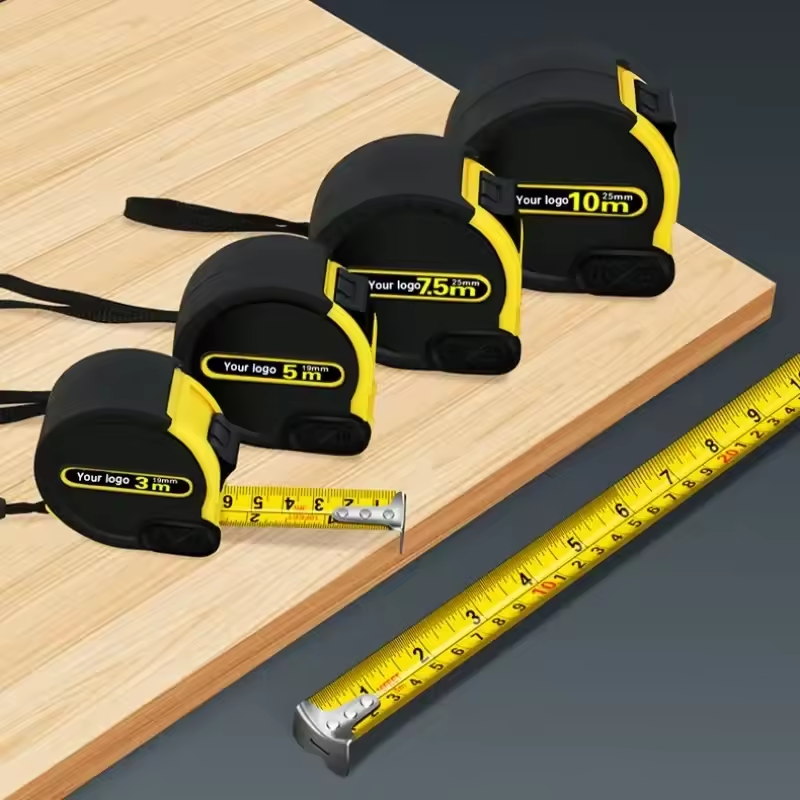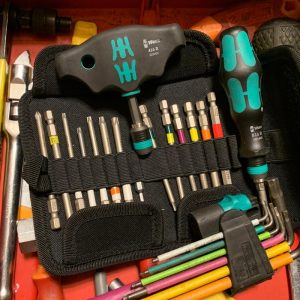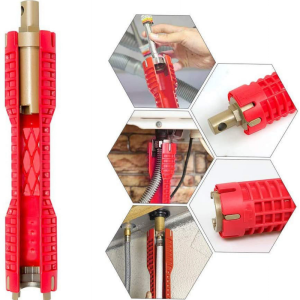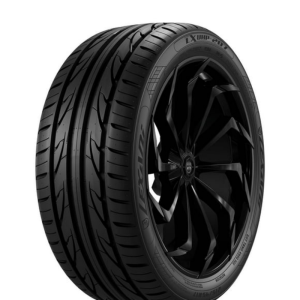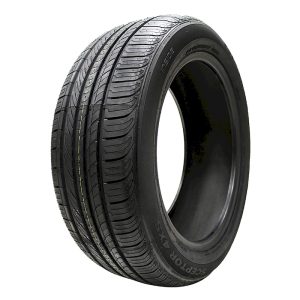
The thrill of riding a motorcycle is undeniable, but safety should always be a top priority. Your tires are the sole connection between you and the road, making tire maintenance an essential part of responsible motorcycling. Often overlooked, tire pressure plays a critical role in your bike’s handling, performance, and overall safety. Riding with incorrect tire pressure can significantly compromise your control, increase the risk of accidents, and accelerate tire wear. So, what is the ideal air pressure for your motorcycle tires? Let’s dive in and explore this crucial aspect of motorcycle maintenance.
Understanding MotorcycleT ires Pressure
Before we delve into specific numbers, let’s grasp the fundamentals. Tire pressure, measured in pounds per square inch (PSI), is the amount of air within your motorcycle tires. It’s a delicate balance; too much or too little can lead to various issues. Think of your tires as the only contact point between your motorcycle and the road. Proper tire pressure ensures optimal performance, handling, and safety, while incorrect pressure can compromise all three.
The key to maintaining optimal tire pressure lies in understanding the complex interplay between the air inside your tires and the weight of your motorcycle, the rider, and any cargo. This delicate equilibrium directly affects your motorcycle’s handling, grip, and overall riding experience.
The Importance of Proper Tire Pressure
- Safety: Correct tire pressure ensures optimal grip, preventing skids and loss of control.
- Handling: It affects steering responsiveness, stability, and overall ride quality.
- Tire Life: Maintaining proper pressure prolongs tire life by preventing uneven wear.
- Fuel Economy: Underinflated tires can increase rolling resistance, impacting fuel efficiency.
Finding the Right Air Pressure
The golden rule is to always consult your motorcycle’s owner’s manual. This document provides specific recommendations tailored to your bike’s weight, tire size, and riding conditions.

Factors Affecting Motorcycle Tires Pressure
Several factors influence the ideal tire pressure:
- Motorcycle Type: Cruisers, sportbikes, and adventure bikes have different pressure requirements.
- Rider Weight: Heavier riders might need slightly higher pressure.
- Load: Carrying passengers or cargo necessitates adjustments.
- Tire Condition: Worn tires may require different pressure compared to new ones.
- Riding Conditions: Road conditions, temperature, and terrain impact optimal pressure.
Checking Your Tire Pressure
To accurately check tire pressure, follow these steps:
- Use a Reliable Gauge: Invest in a quality tire pressure gauge for precise readings.
- Check When Cold: Measure tire pressure when the bike has been stationary for at least three hours.
- Front and Rear: Check both front and rear tires.
- Adjust as Needed: Add or release air to match the recommended pressure.
Consequences of Incorrect Motorcycle Tires Pressure
- Underinflation:
- Increased risk of punctures and blowouts
- Poor handling and reduced grip
- Excessive tire wear
- Higher fuel consumption
- Overinflation:
- Reduced grip and traction
- Harsh ride and decreased comfort
- Increased risk of tire damage from impacts
Maintaining Optimal Motorcycle Tires Pressure
- Regular Checks: Inspect tire pressure weekly, or before long rides.
- Temperature Considerations: Adjust pressure slightly in extreme temperatures.
- Avoid Overloading: Excessive weight can affect tire pressure.
- Professional Assistance: If unsure, consult a motorcycle mechanic.
Additional Tips for Tire Care
- Tire Inspection: Regularly check for cuts, wear, and foreign objects embedded in the tread.
- Wheel Balance: Ensure proper wheel balance for smooth handling and tire life.
- Storage: Store your motorcycle on tire stands to prevent flat spots.
The Impact of Weather on Tire Pressure
Temperature significantly influences tire pressure. As temperature increases, air expands, raising tire pressure. Conversely, cold temperatures cause air to contract, lowering pressure.
- Hot Weather: To prevent overinflation and potential tire damage, slightly reduce tire pressure in hot conditions.
- Cold Weather: Ensure adequate tire pressure by adding air to compensate for the cold.
Tire Pressure for Different Riding Conditions
The type of terrain you ride on also affects optimal tire pressure.

- Street Riding: For typical street conditions, adhere to the manufacturer’s recommended pressure.
- Track Riding: Higher speeds and aggressive cornering on racetracks may require slightly lower pressure for maximum grip.
- Off-Road Riding: Lower tire pressure improves traction on loose surfaces like dirt or sand. However, be cautious as excessively low pressure can damage tires.
Tire Pressure and Load
Carrying passengers or cargo increases the weight your motorcycle must support, affecting tire pressure.
- Passenger and Luggage: Increase tire pressure slightly to compensate for the additional weight.
- Avoid Overloading: Exceeding your motorcycle’s weight capacity can damage tires and compromise safety.
Tire Pressure and Motorcycle Tires Wear
Incorrect tire pressure accelerates tire wear.
- Underinflation: Causes excessive wear on the outer edges of the tire.
- Overinflation: Leads to increased wear in the center of the tread.
Tire Pressure Monitoring Systems (TPMS)
For added convenience and safety, consider investing in a Tire Pressure Monitoring System (TPMS).
- Real-Time Monitoring: TPMS provides continuous tire pressure readings.
- Early Warning: Alerts you to sudden pressure changes or low tire pressure.
- Improved Safety: Helps prevent flat tires and blowouts.
Common Tire Pressure Myths Debunked
There are several misconceptions surrounding tire pressure that can lead to safety hazards and reduced tire life. Let’s clear up some of the most common myths:
-
Myth: You should always inflate tires to the maximum pressure indicated on the tire sidewall.
- Fact: The maximum pressure listed on the tire sidewall is the absolute upper limit the tire can safely handle. It’s not the recommended pressure for your motorcycle. Always refer to your motorcycle’s owner’s manual for the correct tire pressure. Inflating tires to the maximum pressure can lead to a harsh ride, reduced traction, and increased risk of tire damage.
-
Myth: You only need to check tire pressure occasionally.
- Fact: Regular tire pressure checks are crucial for maintaining optimal performance and safety. Tire pressure can fluctuate due to temperature changes, riding conditions, and general wear and tear. It’s recommended to check your tire pressure at least once a month, or before every long ride.
-
Myth: Overinflated tires improve fuel economy.
- Fact: While it’s true that underinflated tires can increase fuel consumption, overinflated tires don’t necessarily improve fuel economy. In fact, overinflation can lead to reduced traction, increased wear in the center of the tire, and a harsher ride.
-
Myth: You can rely solely on your Tire Pressure Monitoring System (TPMS).
- Fact: TPMS systems are valuable tools for monitoring tire pressure, but they shouldn’t be relied on exclusively. TPMS systems can malfunction or provide inaccurate readings. It’s essential to regularly check your tire pressure manually using a reliable gauge.
Choosing the Right Motorcycle Tires for Your Motorcycle
The type of tires you choose can significantly impact your motorcycle’s performance and handling, and tire pressure plays a crucial role in optimizing their performance.

- Street Tires: Designed for grip and handling on paved roads, street tires require specific air pressure for optimal performance.
- Dual-Sport Tires: These versatile tires can handle both on-road and off-road conditions. Tire pressure adjustments are essential based on the terrain.
- Off-Road Tires: Designed for maximum traction on loose surfaces, off-road tires require lower air pressure for better grip.
Tire Pressure and Tire Wear Patterns
Analyzing tire wear patterns can provide valuable insights into tire pressure and overall motorcycle setup.
- Uneven Wear: If you notice excessive wear on the outer or inner edges of the tire, it may indicate incorrect tire pressure or other suspension issues.
- Center Wear: Excessive wear in the center of the tire often points to overinflation.
- Cupping: Irregular wear patterns on the tire surface can be caused by various factors, including tire pressure, suspension, and wheel balance.
The Impact of Accessories on Motorcycle Tires Pressure
Adding accessories to your motorcycle can affect tire pressure and overall handling.
- Windshield: A taller windshield can increase wind resistance, potentially affecting tire pressure.
- Saddlebags and Luggage: Additional weight from saddlebags and luggage can require higher tire pressure.
- Aftermarket Exhaust Systems: While exhaust systems primarily affect performance, they can indirectly impact tire pressure through weight distribution.
Maintaining the correct air pressure in your motorcycle tires is essential for safety, performance, and tire longevity. By understanding the factors influencing tire pressure and following the guidelines outlined in this article, you can enjoy a safer and more enjoyable riding experience.
Always prioritize safety and consult your motorcycle’s owner’s manual for specific recommendations.
